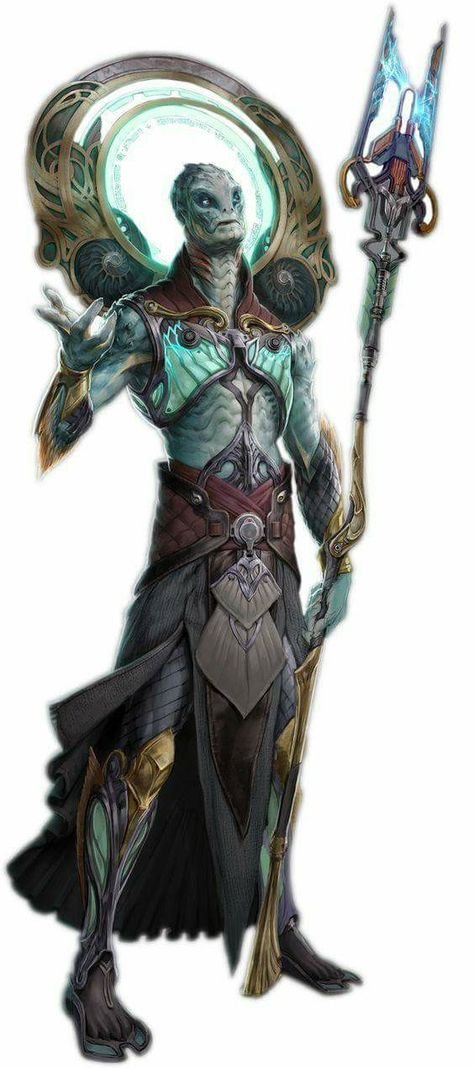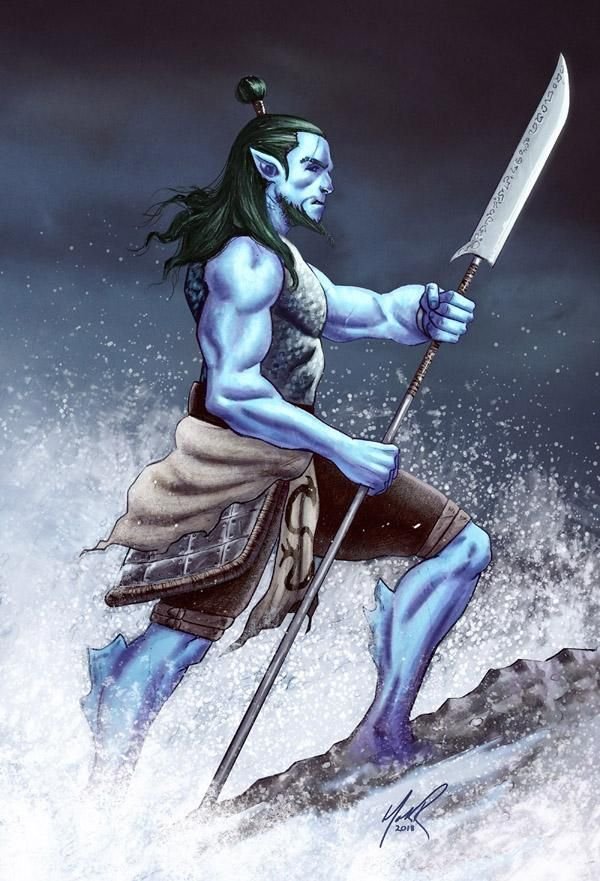Worldbuilding 101: Fantasy Races, Pt. 2
I love worldbuilding—sometimes almost as much as actually writing. But the truth is that developing unique (or, at the very least, “different”) cultures offers a significant challenge.
Visualizing what these races look like is the easy part. Imagining how they work, what they eat, and where they live snowballs into a huge ordeal. All the sudden, thinking about nine races expands into building nine different histories. Culture, architecture, fashion, language… It’s a whole lot of work, and it usually stacks up early on in the process.
I’m finally writing stories in Varheim now, so I get to explore and evolve these races as I go. But until I finish this prequel novella and put the details down in stone, the specifics will continue to change. (In many cases, I’m thinking up the details as I go.)
The Writing Excuses podcast crew refer to this as “seat of your pants” writing. My creative projects tend to be extremely organized, with outlines and character sketches and lots of maps. But worldbuilding is the one area where I become a “discovery writer,” and that always freaks me out.
With that being said, it’s time to move on to the topic that brought you here: exploring three more of the fantasy races that live in Varheim.
Author’s note: Like I said in my last post about fantasy races, I don’t own any of the images below; I also don’t have the names of the artists to give credit. But I still wanted to share a little of my inspiration to help you see part of my mental picture.
The Kantu
In the last post, I covered the inukith. Specifically, I talked about their relationship with a neighboring people; those neighbors are the kantu.
The northern part of the western continent is dominated by a sprawling mountain range with multiple offshooting “arms.” One of these arms is Mythlond Wall, and that is the kantu homeland.
The kantu live among the lower peaks of Mythlond Wall, enjoying the peace and privacy of the cold, clean air. Think of cultures like the Mayans or the Nepalese, folks who build their homes in the highlands and work in husbandry. The kantu also developed their own methods of agriculture, using caves and cellars as a way to protect foodstuffs from the harsh conditions.
However, the kantu are no longer around. I have yet to explain too much of the mythology yet, but that ties a lot into kantu culture. At the onset of the most recent age, when the Nine were “reborn” to restart the cycle, one of the gods never appeared.
Each god is bound tightly to one of the races. And when that god failed to revive, his people felt the same fate. Without a divine life source, the kantu became stone...or so the legend goes. These people no longer walk around Varheim, although their villages remain intact.
But in terms of the kantu, all that remains are these statues, stoneborn frozen in time.
The Otasi
I’ve talked a lot about my love for Owlboy. After playing the game and daydreaming about the world, I started to think about how an avian race would adapt to flightless existence. And as my fantasy races leaned more and more toward SciFi and away from anthropomorphism, I needed to push for something different.
Otassans are the result of that evolution. They live on the eastern continent, and particularly on plateaus in the Pillars of Adamant. (To be fair, it should come as no surprise that a bird-like race would prefer to live in high mountains.)
They’re kind of similar to the kantu in that sense: A life of solitude and isolation has served them well for ages. Most of the other races see the otasi as being closest to the gods, and they are sort of like spiritual leaders as a result. They were the ones who tended Godshome, a garden island where the gods would come to Varheim and interact with mortals.
I mentioned earlier that they are flightless. They might look a little bird-like, with skin similar to the tufty, feathery stuff that baby birds develop. But they don’t have beaks, they don’t eat worms, and they don’t live in nests. Otassans build stone houses, use iron tools, and do stuff like all the other races. But their chosen life of isolation makes them almost like mythical beings to people who live in other remote corners of Varheim.
The Ruada
Back in the 1400s-1600s, a few European countries became global superpowers. The Spanish and Portugese were master navigators, roaming the seas and broadening everyone’s knowledge of the world. (And the English took over that role later on.)
Well, out of all of my fantasy races, the ruada fill that position in my fictional world.
As Varheim’s seafolk, you can probably imagine clear ties to myths about merfolk from our world. And given their ties to the world’s sea goddess, that natural attunement to water (and their physiological characteristics) make them natural fishermen, merchants, and explorers.
Now don’t let that sample image confuse you: the ruada aren’t quite as regal as all that. Sure, they are tall and lean and muscular, and a bit “grey in the face.” But they are also a bit old-fashioned, and maybe even a little tribal in how they stick to tradition and superstition.
The earliest ruada clans became trading companies. As a result, their villages grew into port cities that link the other races together. People see ruadans everywhere, and they are very much a kind of cultural “glue” that binds Varheim’s people together.
But for all of that, there is still a sense of wildness about the ruada and their love for adventure and the unknown. Part of that is what makes them such an eclectic and diverse bunch, with each regional community bringing a unique flavor to the places they now call home.
Author’s note: I had no intention of covering the final six fantasy races in this post. (It would be too much reading for you, and it would force me to cut down my explanations too.) That means there’s going to be a third entry coming up soon, so keep your eye out for that in the coming weeks.





